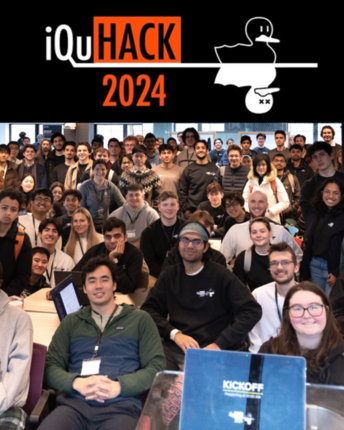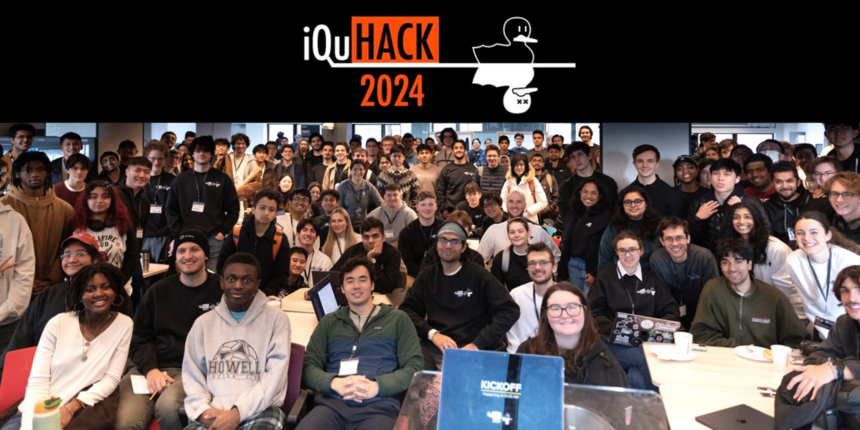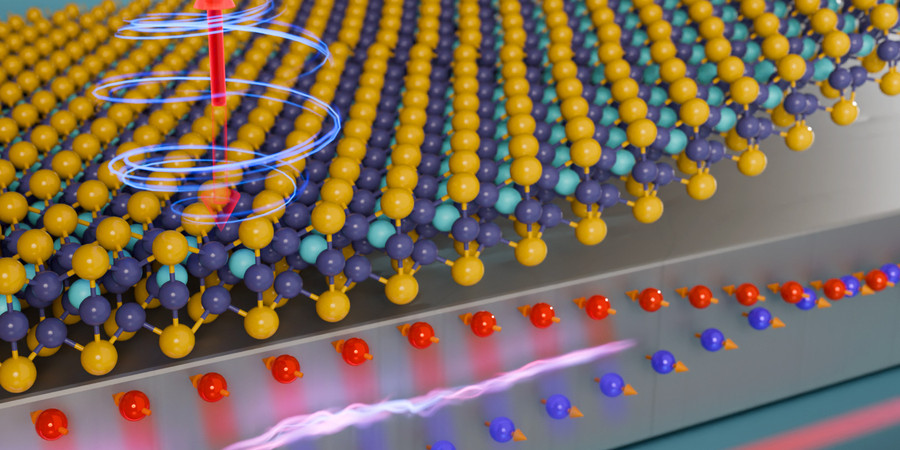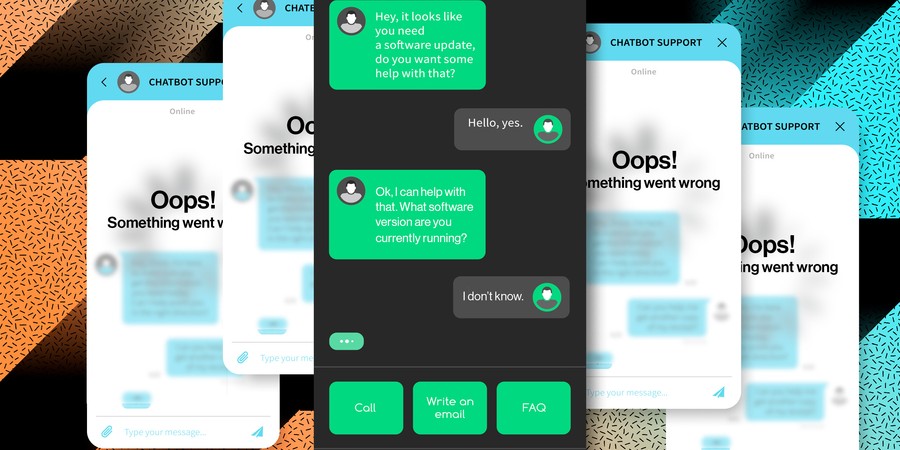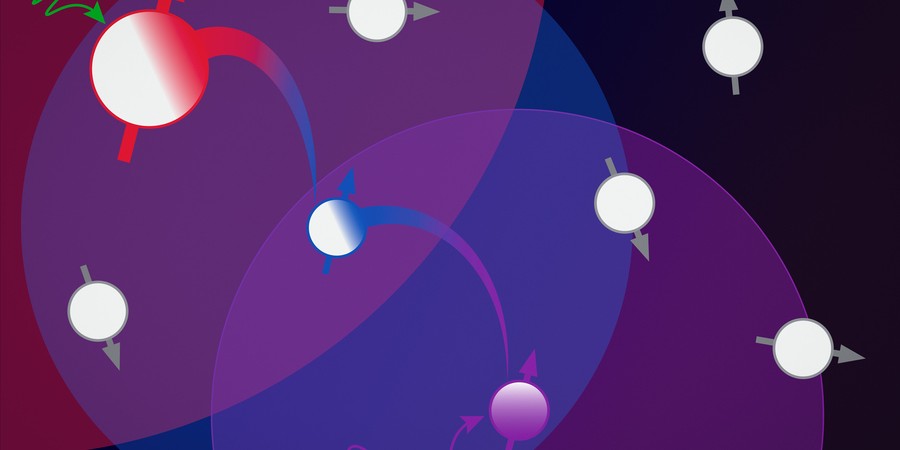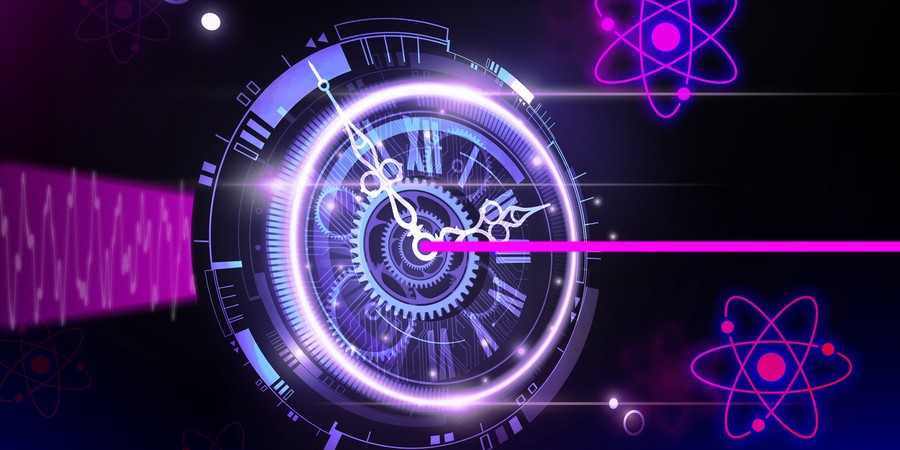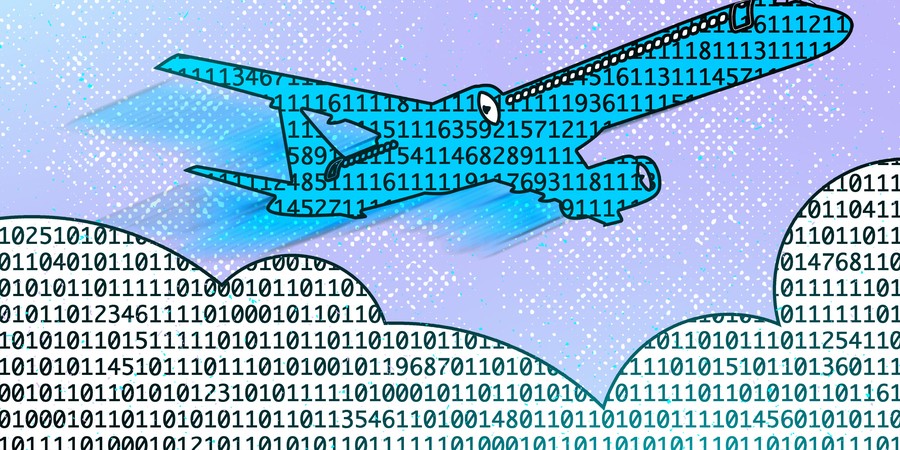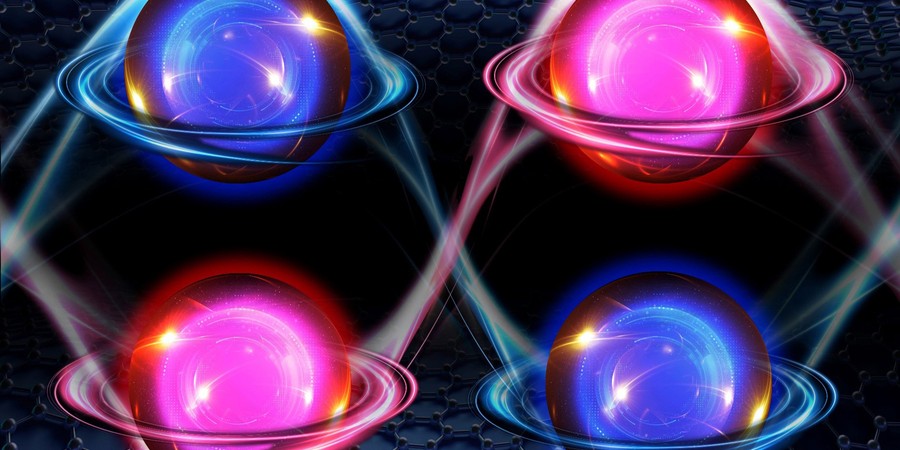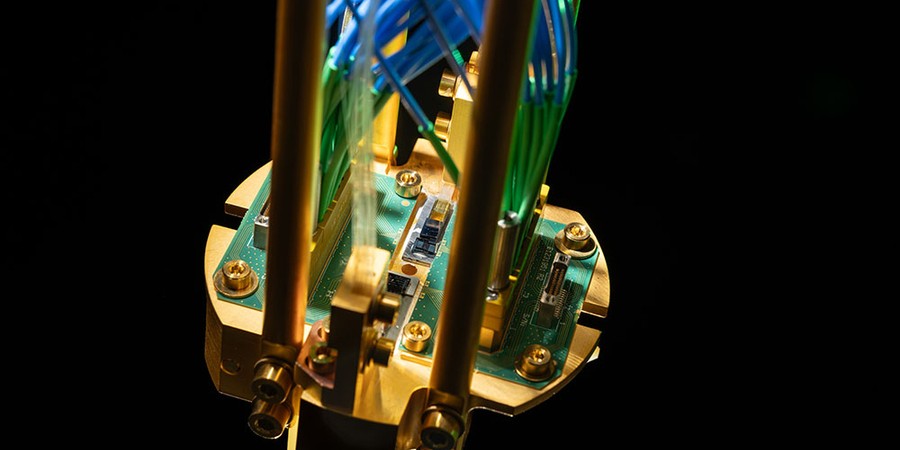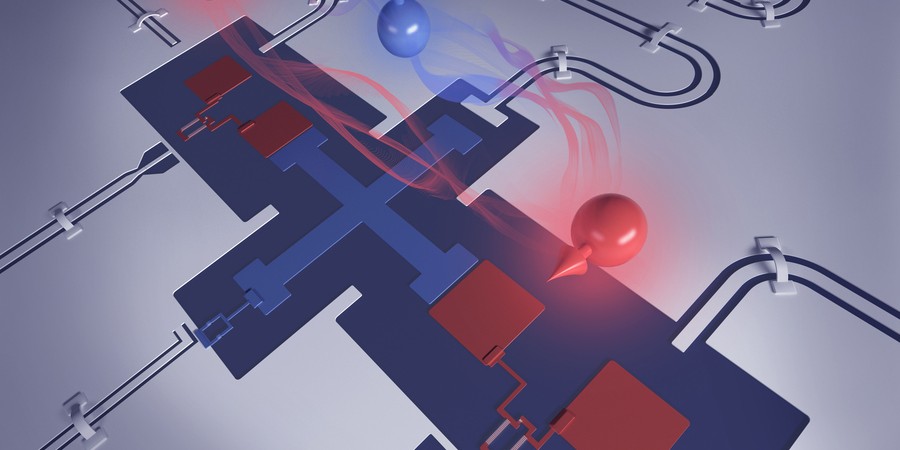Unlocking the Quantum Future
Rachel Yang | Research Laboratory of Electronics
At the MIT Quantum Hackathon, a community tackles quantum computing challenges.
Prospects of Future In- and Near-Memory Computing Systems
Wednesday, March 20, 2024 | 12:00 - 1:00pm ET
Hybrid
Zoom & Allen Room (36-462)
50 Vassar Street Cambridge, MA
Researchers Harness 2D Magnetic Materials for Energy-efficient Computing
Adam Zewe | MIT News
An MIT team precisely controlled an ultrathin magnet at room temperature, which could enable faster, more efficient processors and computer memories.
A New Way to Let AI Chatbots Converse All Day without Crashing
Adam Zewe | MIT News
Researchers developed a simple yet effective solution for a puzzling problem that can worsen the performance of large language models such as ChatGPT.
Technique Could Improve the Sensitivity of Quantum Sensing Devices
Adam Zewe | MIT News
New method lets researchers identify and control larger numbers of atomic-scale defects, to build a bigger system of qubits.
With a Quantum “Squeeze,” Clocks Could Keep Even More Precise Time, MIT Researchers Propose
Jennifer Chu | MIT News
Clocks, lasers, and other oscillators could be tuned to super-quantum precision, allowing researchers to track infinitesimally small differences in time, and measure quantum phenomena, including the presence of dark matter.
New Techniques Efficiently Accelerate Sparse Tensors for Massive AI Models
Adam Zewe | MIT News
Researchers from MIT and NVIDIA developed two complementary techniques that could dramatically boost the speed and performance of high-performance computing applications like graph analytics or generative AI. Both of the new methods seek to efficiently exploit sparsity — zero values — in the tensors.
From a Five-layer Graphene Sandwich, a Rare Electronic State Emerges
Jennifer Chu | MIT News
A newly discovered type of electronic behavior could help with packing more data into magnetic memory devices.
Quantum Repeaters Use Defects in Diamond to Interconnect Quantum Systems
Ariana Tantillo | MIT Lincoln Laboratory
This technology for storing and transmitting quantum information over lossy links could provide the foundation for scalable quantum networking.
New Qubit Circuit Enables Quantum Operations with Higher Accuracy
Adam Zewe | MIT News
This advance in superconducting qubit architecture brings quantum error correction a step closer to reality.

